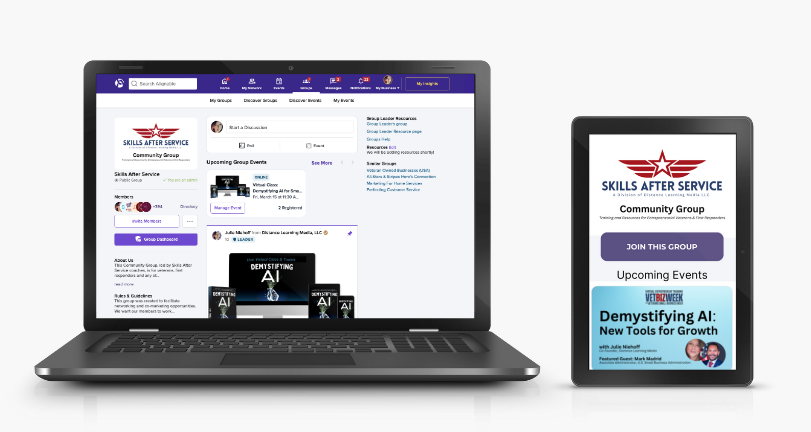This article was written by our co-founder, Julie Niehoff and was published on Forbes.com
You can read the original post on the Forbes website.
Even before COVID-19 hit, 4.7 million Americans worked from home. And now that number is astronomical, as many have been forced to stay home—some indefinitely, depending on their work situation.
But with this new normal, chances are good that even when COVID-19 has truly subsided, many companies will want employees working remotely to promote social distancing and their own safety.
Given that, we had better find ways to make working from home really work for us.
Following are five lessons I’ve learned that have helped me and, ideally, should make a difference for you, too.
1. Separate Work Life From Home Life
You probably already know this, inherently, but are you practicing it?
It’s not just about space. If you have room for an office with a door, great. But if you don’t, you can still create space by establishing a spot where you do your work, far away from the center of your living area.
Try not to fall prey to the convenience of carrying your laptop around and sitting on the bed, at the kitchen table, etc. Some of that is fine, but over time, it’ll be better for you and your family to recognize your workspace, and see it as separate from your personal life.
It’s also important to set aside time for work—and time for your personal life. That can be a real challenge. Decide when you will work and allow yourself to shut it off.
If you have young kids, you might find it easier to do most of your work at night or in the early morning. If that solution works, stick with it.
2. Multitasking Is Not A Real Thing
Maura Thomas, a leading expert on attention management says, “Your brain can only hold one conscious thought at a time. Your body can multitask, like driving and talking on the phone. But your brain is actually “task switching,” where your thoughts switch between the road and the conversation. The reality is you’ll always be distracted by something else if you’re trying to do too much at once.
Thomas believes a task list is the best tool to keep you on track. But make each task small, specific, and action-oriented like “run a report of the biggest clients from last year.” Stay away from the big tasks like “plan next year’s advertising strategy,” as they beg your mind to find distractions, like walking the dog.
3. Little Dings Add Up
Plenty of things go “ding” —your voicemail, email, and texts. And all of those little dings are time wasters, crippling productivity. ProductivityPowerHour.com’s Kelly Stocker says those quick glances to check the dings actually devour hours. So take 30 minutes to turn off any dings that aren’t 100% necessary, and your workflow will improve dramatically.
Also, set your phone display to grayscale. “Color is a neurostimulant. It’s like skittles for your brain,” she says. In contrast, grayscaling your phone or computer is the fastest way to decrease the time you stare at either one.
4. Gear Up With The Right Tools
“Leverage the right tools to stay connected to your team and your customers,” says Ellen Williams, Director of Advisory Services for Orion Global Solutions. Williams says her colleagues moved fluidly between home and office work, even before COVID-19. And since the start of the Coronavirus Crisis, her team has taken on many new clients. That’s because teams now see the importance of cloud-based systems that can access everything from work anywhere at any time.
A recent Alignable survey found that 40% of small businesses added new tools within a week or two of the quarantines. And 44% were already using tools that made working from home easier, prior to COVID-19. That’s likely because a great skill that comes with running a small business is the ability to go with the flow (and the right tools really help you do that).
So, make your work-at-home life easier and seek out cloud-based communication tools that work well on mobile devices, and give you and your team seamless access 24/7.
5. Cut Yourself And Others Some Slack
Change is hard. While life during the pandemic is very tough, many predict it won’t just go back to normal in a few months.
Adjusting to ongoing work from home requires self-discipline, time management skills, and new ways to allocate energy and resources. Add kids tackling online school and/or another adult working from home to the equation, and you have a recipe for anxiety and exhaustion.
Take it all in stride.
Give yourself a 20-minute time out with a good book or playlist or take a walk to soak up some sunshine.
Let yourself laugh more, too.
You’re getting it all done. It may not be perfect, but done is better than perfect.
Co-Founder of Distance Learning Media, Julie Niehoff helps CEOs maximize revenue via edu-marketing. She’s also an advisor at Alignable, the largest referral network for small business owners.




